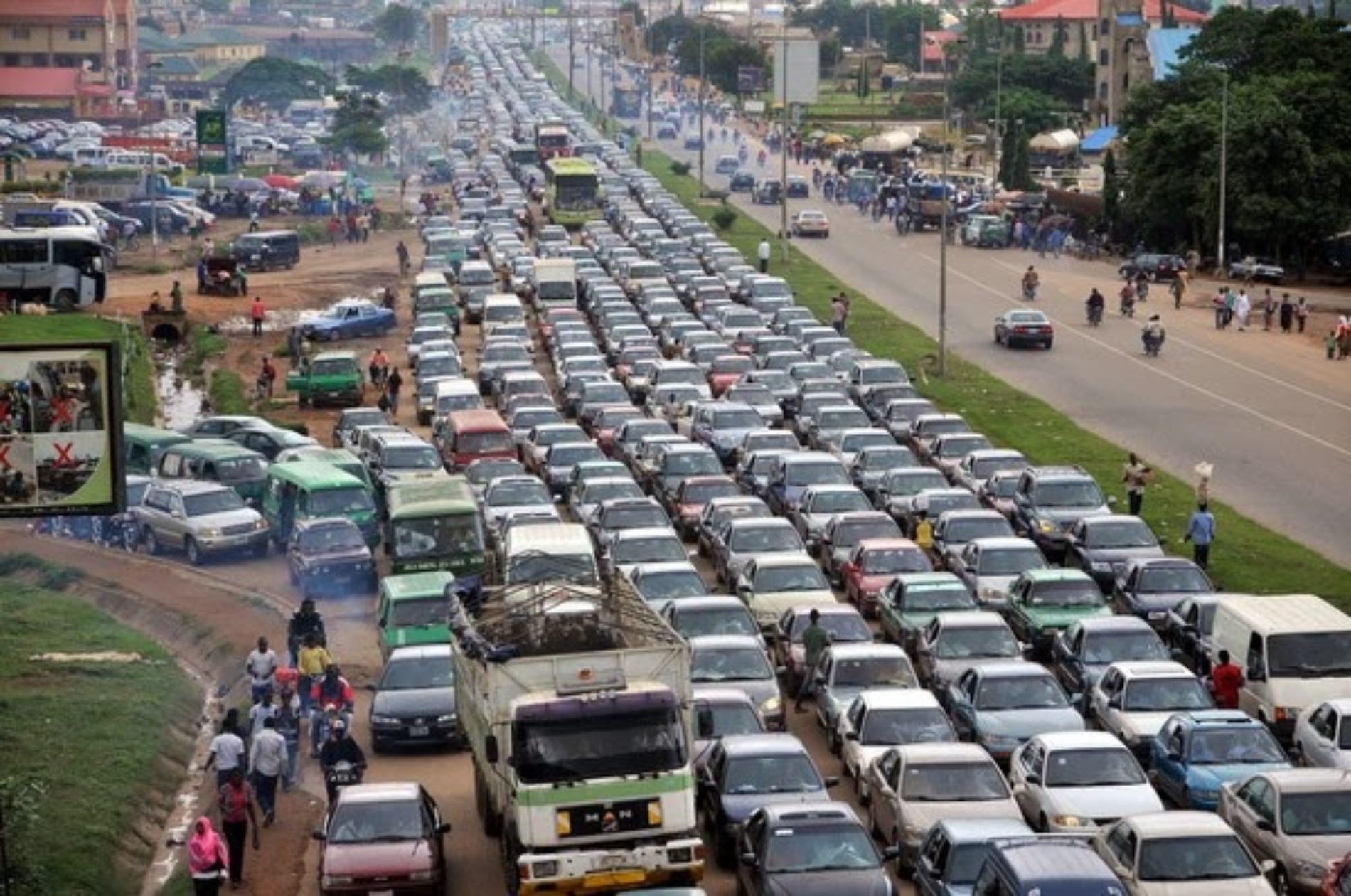Nairobi has been ranked the second-worst city in the world with the most traffic congestion.
According to the website numbeo.com based in Serbia, 2017 Traffic Index lists Kolkata (formerly Calcutta) in India as the most congested city in the world.
Mumbai, also in India, in ranked third, followed by Jakarta (Indonesia) and Manila (Philippines).
Traffic Index is a composite index of time consumed in traffic due to job commute, estimation of time consumption dissatisfaction, CO2 consumption estimation in traffic and overall inefficiencies in the traffic system.
On average, Nairobians spend 62.44 minutes on traffic while in Kolkata they spend an average of 68.86, Mumbai (60.11), Jarkata (56.98) and Manila ( 56.77minutes).
TOP FIVE CITIES
However Nairobi leads in top five cities in Africa with worst traffic followed by Cairo in Egypt (51.56 minutes) and South African cites Pretoria(49.00), Johannesburg(45.15), Capetown(44.15) and Durban(53.12).
Speaking to the Nation the Nairobi County Chief Officer roads and public works Frederick Karanja said the volume of cars has contributed to the endless traffic jams in the city.
Mr Karanja said lack of proper and organised public service transport in the city has increased the number of personal vehicles.
“Nowadays it is easy to acquire a vehicle which makes the volumes of cars in the city increase rapidly. This has contributed to traffic jams in the city,” said Mr Karanja.
He adds that the nature of Nairobi’s roads were also to blame, with the designs being a major contributor to jams.
SERIOUS CHALLENGES
He cited Thika Road as one of the roads having serious challenges. It has more than eight lanes on the city’s outskirts, gets another feeder road at Muthaiga but towards Ngara, the lanes reduce, causing a snarl-up to the city centre.
However, efforts are being put in place to ease the traffic jam, according to Mr Karanja. There is ongoing expansion and construction of other key roads around the city such as Outering and Ngong roads.
A number of key termini are also being built outside the CBD to serve matatus, which would not have to reach the city centre.
They include the Parkroad/Ngara terminus for all matatus from Central Kenya region; Pangani terminus currently under construction while Muthurwa terminus is complete, only awaiting gazettement.
CLEARED OF HAWKERS
The chief officer said Muthurwa bus terminus would be cleared of hawkers who have invaded it, for effective use by matatus and buses from Eastlands.
Mr Karanja also blamed boda boda, pedestrians and taxis for the traffic mess.
The taxis park on roads, eating up precious space yet they were expected to be constantly on the move, not parked.
“We did away with taxi ranks to encourage them to move around picking and dropping passengers like it happens in other countries. Instead, they have been parking on the roads in the city,” Mr Karanja said.
On their part, the boda boda have continued to be a major menace, operating with impunity and endangering the lives of the public despite being banned from operating in the city centre.
TRAFFIC MENACE
But city politician Jacquilline Nyangala criticised the county government for doing little to address the traffic menace.
She said the county assembly passed motions to tackle traffic jams in the city but they have never being implemented.
A lobby for the boda boda – City Riders Sacco – said traffic jam in the city was a good business opportunity for its members, whose machines easily manoeuvre through the gridlock.
Boda bodas charge between Sh100 and Sh200 for rides within the city centre and more when venturing outside.
Lobby chairman Denis Ochieng’ asked the county to allocate them designated spots where they could pick and drop passengers to avoid the cat-and-mouse game with the city askaris.
Did you love the story? You can also share YOUR story and get it published on Bizna Click here to get started.




